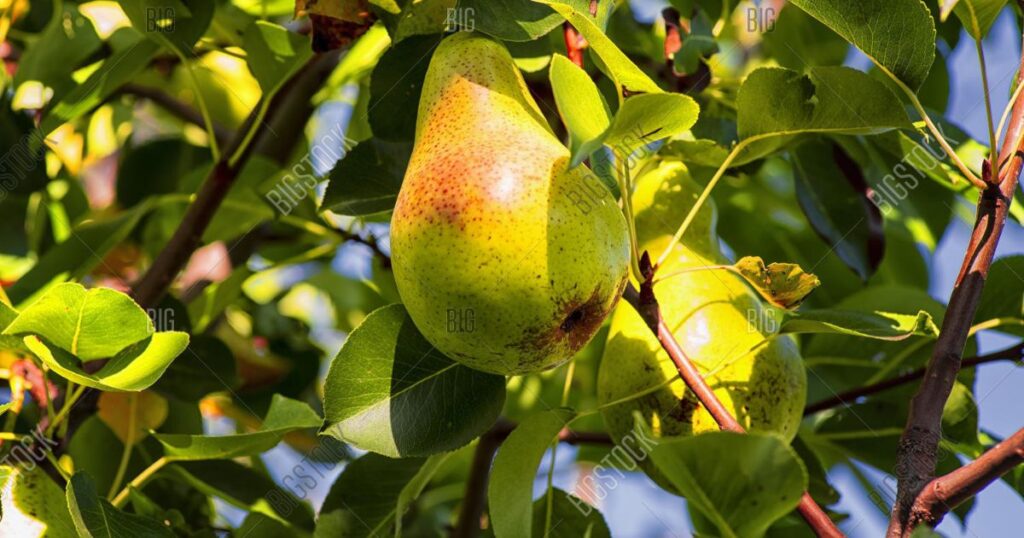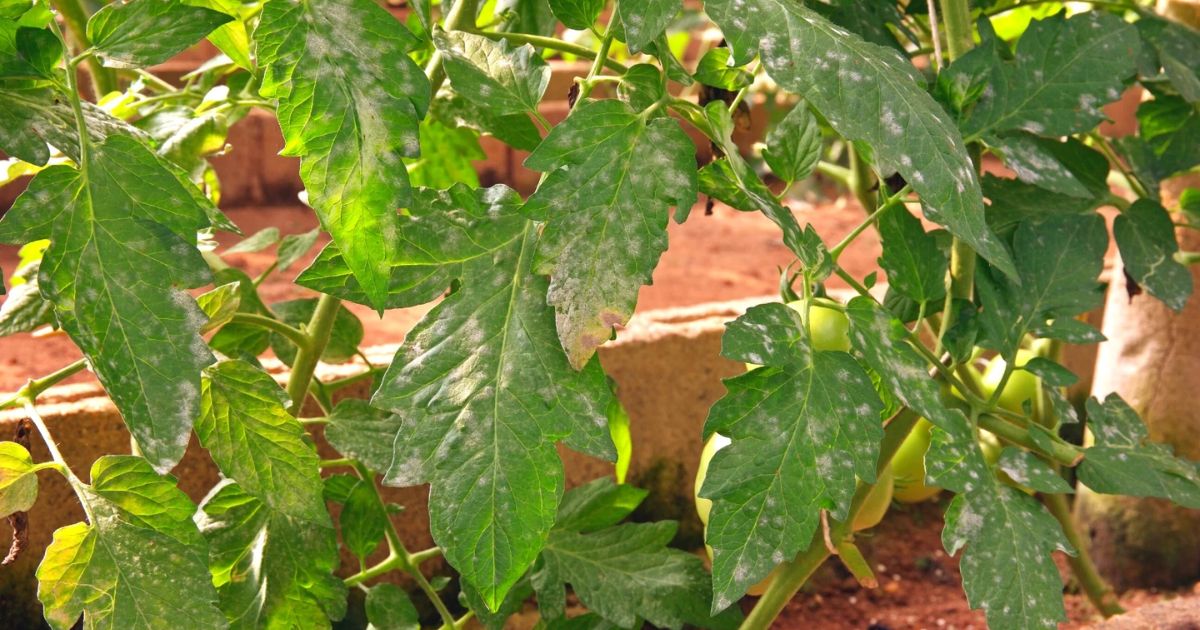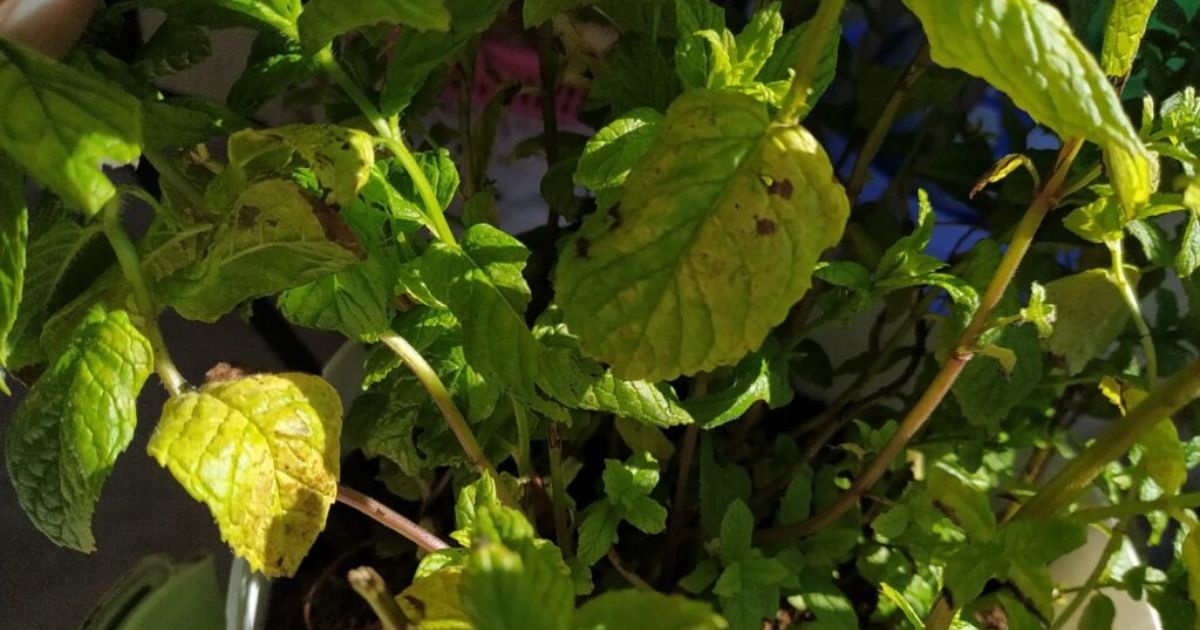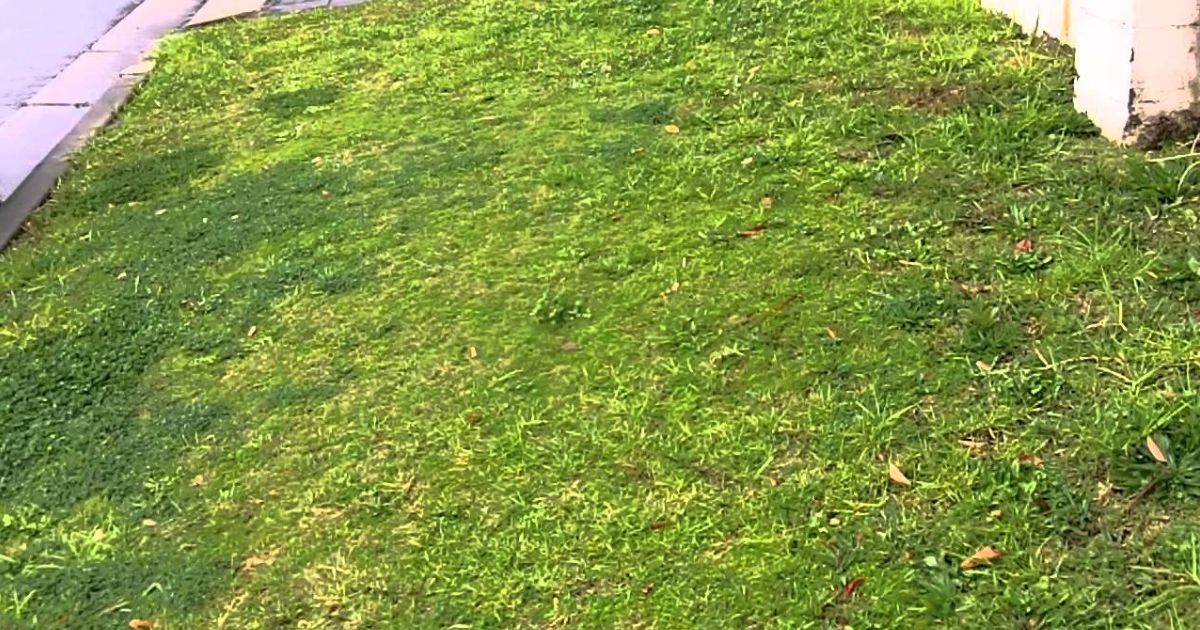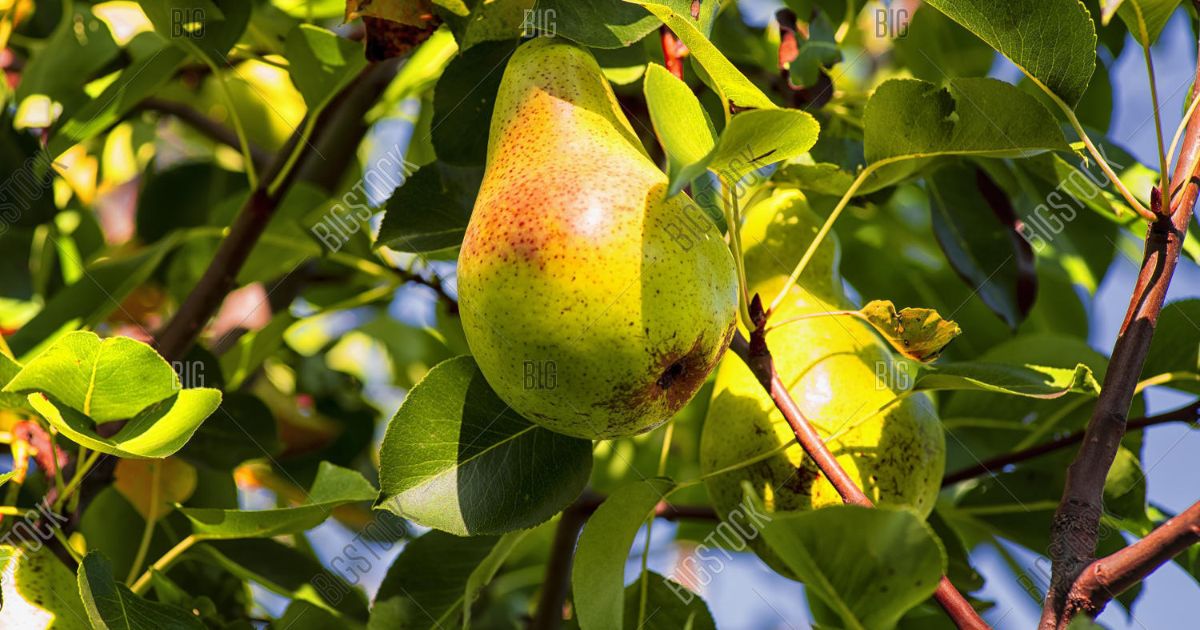If you’ve noticed bright orange or rust-colored spots appearing on your pear tree leaves, your tree may be suffering from Pear Rust, a common fungal disease. While the vivid spots might look almost decorative at first, they’re actually a sign of infection that can weaken your tree, reduce fruit production, and spread to other nearby plants if left untreated.Gymnosporangium sabinae is the fungus that causes pear rust. Which needs both pear trees and a particular juniper species to complete its life cycle. The disease typically starts in spring when spores travel from infected junipers to pear trees, landing on new leaves and causing those distinctive orange lesions.
In this guide, we’ll explore how to identify, treat, and prevent orange spots on your pear tree leaves. With timely care and a few simple practices, you can restore your pear tree’s health and enjoy a thriving, fruit-bearing garden once again.
What Causes Orange Spots on Pear Leaves?
To treat any garden ailment, you must first understand the enemy. Those eye-catching orange spots are the hallmark of pear rust, a fungal disease caused by a species in the genus Gymnosporangium. The most notorious offenders include Gymnosporangium sabinae (European pear rust), Gymnosporangium clavariiforme (Pacific Coast pear rust), and Gymnosporangium juniperi-virginianae (cedar-apple rust, which can spill over to pears). These fungi aren’t picky; they thrive in temperate climates with cool, wet springs, such as the Pacific Northwest, parts of Europe, or the Midwest U.S., but they’ve been marching northward and eastward with climate shifts, popping up in unexpected places.
At its core, pear rust is a tale of two hosts. This fungus is heteroecious, meaning it requires alternating between two plant species to complete its life cycle: A Visual Guide to Identifying Butterflies pears (and other Rosaceae family members like hawthorns or apples) and junipers (including cedars like Eastern red cedar). Here’s how the drama unfolds:
- Winter Hibernation on Junipers: The fungus overwinters as swollen, woody lumps on juniper branches. These galls look innocuous until spring rains awaken them.
- Spring Spore Explosion: From late February to May, the galls erupt into gelatinous, orange, horn-like tendrils (telia) that ooze spores. Winds carry these microscopic invaders up to a mile (or more in gusty conditions) to nearby pear trees.
- Invasion of the Pear: Spores land on young, unfolding pear leaves, petioles, or even flowers and fruit. They germinate in moist conditions, burrowing into the tissue and forming those telltale orange aecia (cup-like structures) within 10-14 days.
- Summer Counterattack: By late summer, the pear side of the cycle produces its own spores (aeciospores) that waft back to junipers, perpetuating the vicious loop.
Why orange? It’s the color of the fungal spores and fruiting bodies, a brilliant evolutionary hack to mimic nothing and everything, ensuring maximum visibility (and dispersal). But not all orange spots are rust. Differential diagnoses include:
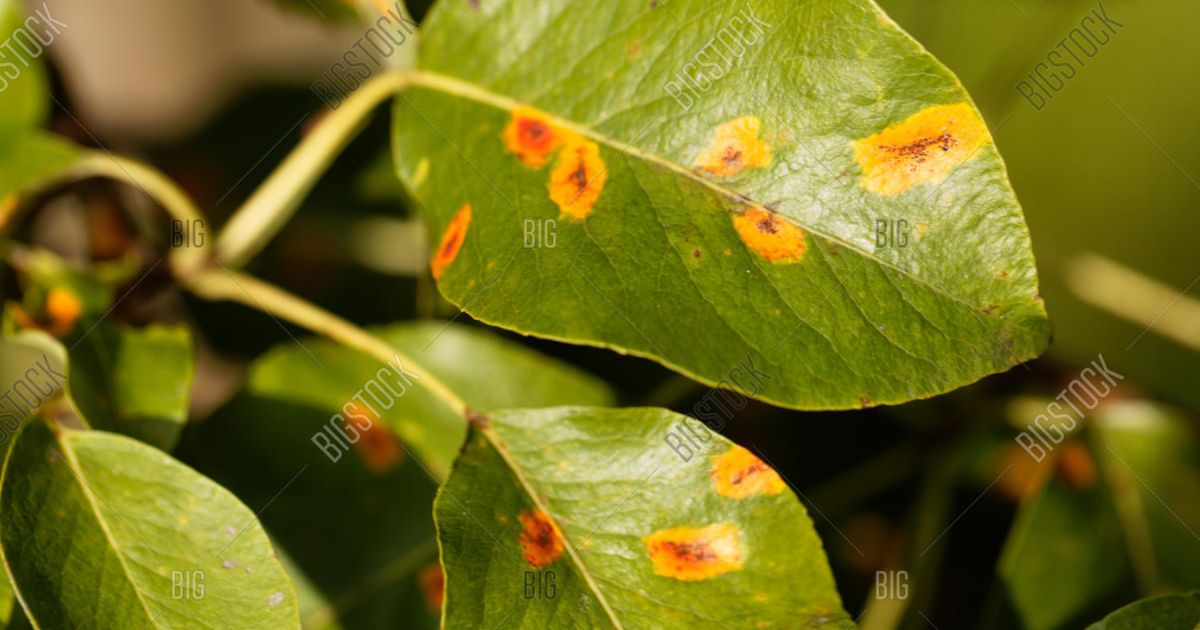
- Nutrient Deficiencies: Iron chlorosis causes yellowing with orange tinges, but spots are diffuse, not spotty.
- Pest Damage: Spider mites or aphids can cause stippling, but look for webbing or sticky residue.
- Sunscald or Chemical Burn: These are irregular and often edge-bound, lacking the fuzzy underside growth of rust.
If you’re seeing clustered, bright orange pustules on the upper leaf surface, they measure up to 1/4 inch across. With corresponding brown, finger-like projections on the underside, rust is your uninvited guest. Early detection is key. Scout your tree weekly during bud break.
Symptoms: From Subtle Hints to Full-Blown Fungal Fiesta
Pear rust doesn’t sneak up quietly; it announces itself with a fireworks display of color and texture. Symptoms typically emerge in late spring (May-June in most zones), right as your pear tree is pushing out new growth. Here’s a timeline of what to watch for:
- Stage 1: The First Flush (1-2 Weeks Post-Infection): Tiny, pale yellow spots appear on the upper leaf surface, often on the youngest leaves near branch tips. These are the entry points where spores have colonized. At this stage, the tree might look like it’s blushing from embarrassment.
- Stage 2: Orange Alert (2-4 Weeks): The spots mature into vivid orange or reddish-orange circles, 1/8 to 1/2 inch in diameter. They’re raised and velvety, How to Treat Camellia Black Spots on Leaves sometimes fringed with yellow halos. Leaves may yellow around the edges as the fungus siphons nutrients.
- Stage 3: The Underside Surprise (Mid-Summer): Flip the leaf over, and you’ll find the real showstopper, brown, cup-shaped aecia erupting like mini volcanoes. These “cups” (up to 1/4 inch wide) release cinnamon-brown spores in powdery puffs, especially on humid days. On fruit, spots can deform the skin, leading to cracked, russeted pears that drop prematurely.
- Advanced Drama (Late Summer-Autumn): Heavily infected leaves curl, brown, and drop, sometimes causing 50-100% defoliation by fall. Twigs and branches may develop cankers (sunken, discolored lesions), and in severe cases, young trees suffer dieback. Fruit yield plummets to think fewer, smaller, blemished pears that taste fine but look like they’ve been through a paintball war.
Environmental cues amplify the spectacle: Wet weather (over 8 hours of leaf wetness) during spore release is rust’s best friend. In dry years, infections fizzle out; in soggy ones, A Visual Guide to Identifying Butterflies it’s a full-blown epidemic. Regional variations matter too in the UK, G. sabinae hits hard in southern gardens; in the U.S. PNW, Pacific Coast rust rules the roost, often sparing apples but dooming pears.
Real gardeners report heartbreak: One Redditor described their new sapling going from pristine to polka-dotted overnight, while a Welsh forum user lamented a 10-year-old tree suddenly sporting “rusty autumn colors” in July. The good news? Rust rarely kills established trees outright; it’s more of a chronic annoyance that stresses the host, opening doors to secondary issues like fire blight or borers.
Diagnosis: Confirming Your Suspicions Without a Lab Coat
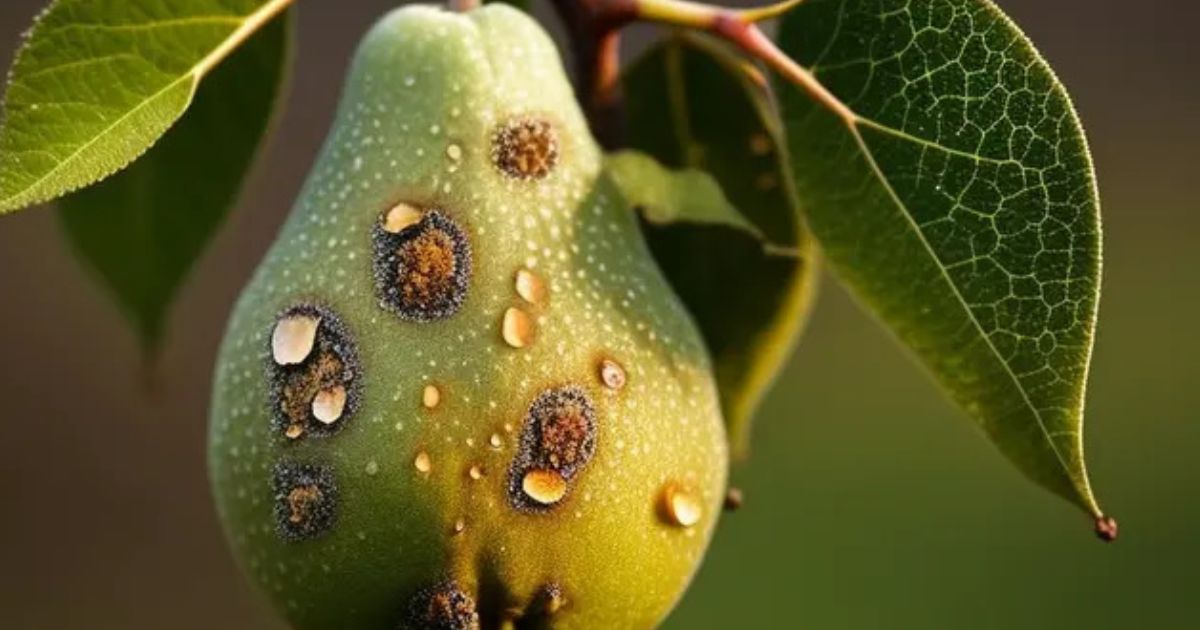
Before you reach for the pruners or sprays, confirm it’s rust. Please start with the naked eye: Collect a few suspect leaves and examine them under good light. Orange upper spots + brown underside cups = rust bingo. For precision, press a leaf between white paper; if orange powder rubs off, that’s spore evidence.
If ambiguity lingers, tap local experts:
- Extension Services: Universities like Oklahoma State or Washington State offer free diagnostic services, take photos, and email them.
- Apps and Forums: Tools like PictureThis or iNaturalist use AI for quick IDs, while Reddit’s r/gardening and GrowingFruit.org buzz with communal wisdom.
- Professional Help: For commercial orchards, lab tests (e.g., PCR for Gymnosporangium) run $20-50.
Treatment Strategies: Reclaiming Your Pear Tree Step by Step
Treating pear rust is like playing whack-a-mole across seasons, and hosts hit it early, hit it hard, and disrupt the cycle. No silver bullet exists (especially for edible fruit trees, where chemical options are limited), but a multi-pronged approach yields 70-90% control in home settings. Here’s your battle plan:
Cultural Controls: Break the Cycle at the Source
- Scout and Remove Alternate Hosts: Hunt for junipers within 1,000 feet (a football field plus end zones). Those orange galls? Prune them out with sterilized shears before spring spore horns emerge. If junipers are landscape staples, replace them with non-hosts like arborvitae or yews. One gardener in Kansas City removed neighbor cedars (with permission!) and saw rust vanish.
- Sanitation is Queen: Rake and destroy (burn or trash) all fallen leaves, mummified fruit, and infected twigs by late summer before aeciospores fly in August-October. Composting harbors spores; avoid it. What Are Basil Black Spots and How Can You Eliminate Them? For large trees, a leaf blower speeds the process.
- Pruning for Airflow: In the dormant season (late winter), thin the canopy to 20-30% openness. Remove crossing branches and watersprouts. This reduces humidity pockets where rust loves to lurk. Pro tip: Disinfect tools with 10% bleach between cuts.
Organic Hacks and Home Remedies
- Neem Oil: Weekly sprays from bud break; smothers spores and deters reinfection.
- Combine one teaspoon of of dish soap and one tablespoon of of baking soda. Soap per gallon of water; alters leaf pH to rust-unfriendly levels. Test on one branch first.
- Milk Dilution: 1:9 milk-water mix; proteins inhibit fungal growth. A quirky but science-backed trick from European trials.
- Compost Tea: Brew aerated compost extracts for microbial competition against rust.
Real-world win: A forum user in Wales picked off 200+ leaves weekly, halving infection by season’s end.
How to Treat Pear Rust on Your Tree
Treating pear rust starts with early identification and careful removal of infected parts. Begin by pruning away all affected leaves, twigs, and branches as soon as orange spots appear. How to Identify Purple Leaf Plum Tree Diseases Dispose of them far from your garden to prevent spores from spreading. Next, apply a fungicide containing ingredients like myclobutanil, tebuconazole, or triforine, which are effective against fungal infections. The first spray should be used in early spring before buds open, followed by additional applications during the growing season, every several weeks, especially during rainy seasons.
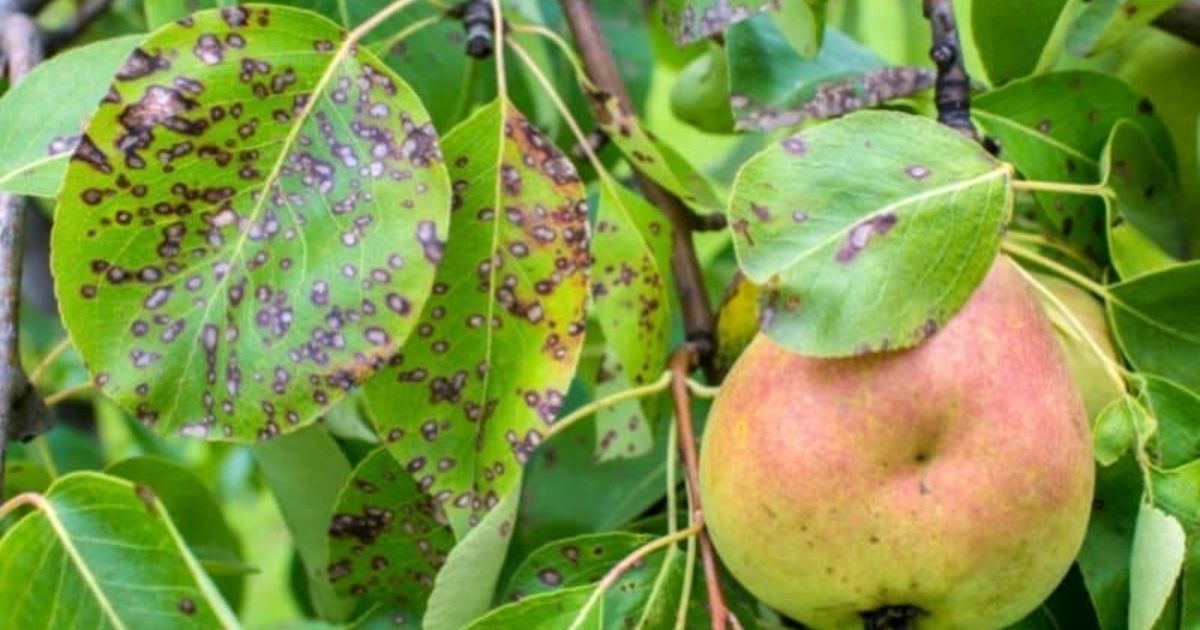
Check for juniper trees nearby, as the pear rust fungus alternates between pear and juniper hosts. If possible, remove or treat infected junipers within a 1,000-foot radius to break the fungal life cycle. Ensure your pear tree has good air circulation by pruning to open up the canopy. Avoid watering the leaves directly, 5 Causes of Orange Spots on Pear Tree Leaves and. Keep the soil moist but not soggy. Regularly clean up fallen leaves and debris under the tree to eliminate hidden spores. With consistent monitoring, timely pruning, and preventive fungicide use, you can stop pear rust from spreading and restore your tree’s strength and vitality, ensuring healthy growth and a good fruit yield.
Conclusion
Orange spots on pear tree leaves may seem alarming, but with the right approach, your tree can fully recover. Early detection, regular pruning, and proper fungicide application are the keys to stopping pear rust before it spreads. Removing nearby infected junipers and keeping the area clean also goes a long way in preventing reinfection.
By maintaining good air circulation, watering wisely, and choosing rust-resistant pear varieties, you’ll give your tree the best chance to stay strong and productive year after year. Remember a little proactive care today can protect your pear tree from severe damage in future seasons.
FAQ
What causes orange spots on pear tree leaves?
Orange spots on pear leaves are usually caused by Pear Rust, a fungal disease caused by Gymnosporangium sabinae. The fungus spreads between pear trees and junipers, thriving in warm, moist conditions.
Can pear rust spread to other fruit trees?
No, pear rust is specific to pear trees and particular juniper species. It won’t infect other fruit trees like apples or plums, but it can spread quickly between pear and juniper plants nearby.
How do I treat pear rust naturally?
You can prune and destroy infected leaves, improve air circulation, and spray neem oil or sulfur-based organic fungicides to slow fungal growth. Consistent garden hygiene helps prevent future infections.
When should I apply fungicide for pear rust?
Apply fungicide in early spring, just before new leaves emerge, and continue treatments every few weeks through the growing season if conditions remain wet or humid.
Will removing nearby juniper trees help prevent pear rust?
Yes. Since the fungus alternates between pear and juniper hosts, removing or treating infected juniper plants within about 1,000 feet of your pear tree can significantly reduce the risk of infection.
Can a pear tree recover from rust naturally?
Mild infections may resolve on their own once leaves fall in autumn, but severe infections require active treatment. Regular pruning, fungicide use, and preventive care ensure full recovery and long-term tree health.

